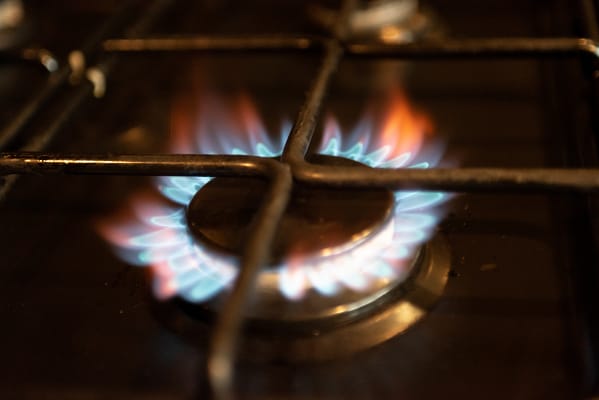Energy Prices Get a Little Lightening‑Up
Starting in October, the energy price cap is set to fall by just under 1%. That may sound tiny, but for the average household it translates to roughly £20 less a year—a welcome breath of fresh air before the cold front takes over.
Why It Matters
- With soaring energy costs these past years, a drop—even a small one—offers a momentary sigh of relief.
- It’s a brief pause in the long‑term climb, giving consumers a bit of breathing room as winter brakes on hotter spikes.
- Despite the dip, bills still sit way higher than pre‑crisis levels, meaning the uplift is just the tip of the iceberg.
What the Experts Say
Matt Turner‑Tait, Senior Manager at BFY, puts it bluntly:
“From October, the energy price cap will drop by around 1%, meaning the average household bill will fall by about £20 to £1,700 a year.”
“This small decrease reflects stable wholesale energy prices and brings a welcome pause for customers heading into winter, where prices have risen in recent years. Even so, bills are still significantly higher than before the energy crisis.”
He added that the government is expanding its support—aiming to help an additional 2.7 million homes through the Warm Home Discount scheme.
What’s Next?
Looking ahead, the forecast shows prices holding steady until January. After that, a modest annual hike of about £25 per household is expected. That raise will fund essential upgrades to the UK’s energy infrastructure and accelerate the shift to greener power.
Need a Reason to Keep Warm?
Remember, every £25 goes toward improving the grid and boosting renewable energy—so keep those lights on… and stay tuned for the next wave of price changes.




